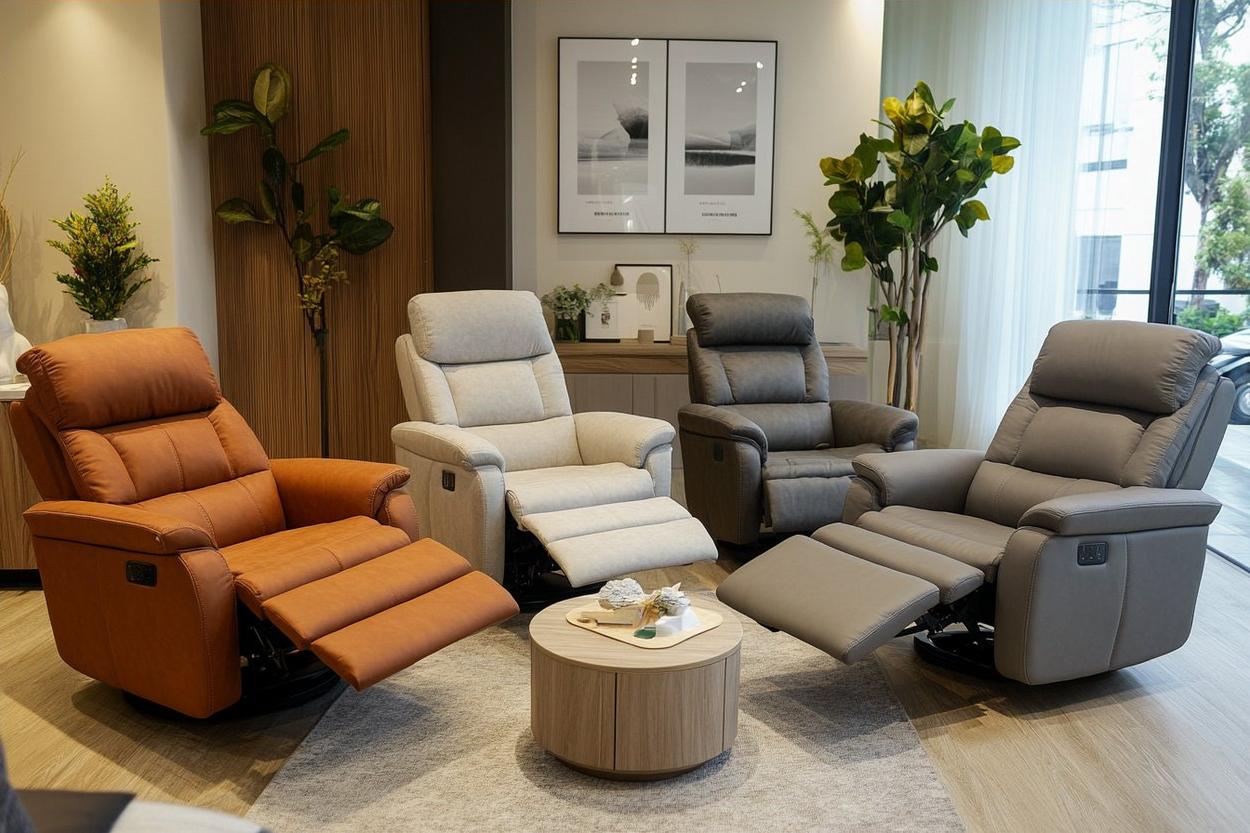Choosing the right relaxation seating for small living spaces
Finding the right seating for a small living space requires balancing ergonomics, comfort, and footprint. This short guide highlights key considerations—dimensions, upholstery choices, recliner options, sustainable materials, and practical assembly and maintenance tips—to help you select seating that fits both the room and daily needs.

Small living spaces demand seating that feels comfortable without overwhelming the room. When assessing options, consider how seating will affect traffic flow, sightlines, and visual weight. Start by measuring the available area and noting door swings and existing furniture. Think about the primary uses—reading, napping, watching TV—and prioritize ergonomics and comfort accordingly. Material choices for upholstery and frame, as well as ease of assembly and maintenance, will influence long-term satisfaction in compact homes.
Seating and dimensions
Measure twice before choosing seating. For small rooms, a narrower profile or armless design can save significant floor space while still providing seating for one or two people. Consider the chair’s overall depth and height: a deeper seat increases lounging comfort but needs more floor area. Use proportional scaling—if a sofa is impractical, a compact armchair or a slim loveseat can offer similar function. Leave at least 30–36 inches of clear path for walkways in main traffic areas to maintain easy movement.
Upholstery: fabric vs leather
Upholstery choices affect both look and upkeep. Fabric options often provide a softer touch and wider color choices, and performance fabrics can resist stains and wear. Leather offers a sleek, durable surface that can be wiped clean, but it may show scratches and can be less breathable. Consider blends and treated textiles for small homes where spills or pets are factors. Texture and pattern can also influence perceived scale: small-scale patterns or solid colors usually help furniture read smaller in size.
Recliner options for compact rooms
Recliners designed for small spaces avoid large rear clearance by using wall-saver or zero-wall mechanisms, letting the chair recline with minimal space behind it. Look for models with compact footprints and consider alternatives like reclining loveseats or swivel recliners that offer flexibility without dominating the room. Balance the desire for reclining comfort with practical constraints: slimmer armrests, shorter ottomans, or integrated footrests can deliver comfort while conserving square footage.
Ergonomics and comfort in small seating
Ergonomics matters as much in a small seat as in a larger one. Check seat height and depth to ensure feet can rest comfortably on the floor and lumbar support aligns with the lower back. Cushions that are firmer and supportive tend to maintain shape longer in frequently used compact pieces, while removable cushions simplify cleaning and flipping. Test a chair’s comfort profile where possible—sitting posture, armrest height, and ability to transition from sitting to standing are practical considerations for everyday use.
Sustainability and materials
Sustainable choices can align with small-space living by emphasizing durability and low environmental impact. Look for responsibly sourced wood frames, recycled or low-VOC foams, and upholstery certified for reduced chemical emissions. Materials that last longer reduce the need to replace pieces in constrained homes. Reclaimed wood or modular pieces designed for longevity also minimize waste. When shopping locally, ask about repair or reupholstery services to extend a piece’s useful life rather than discarding it.
Assembly, maintenance, and longevity
Ease of assembly matters when space is tight and maneuvering large pieces through doorways is challenging. Choose seating with straightforward assembly steps or modular sections that can be fitted through narrow halls. Regular maintenance—vacuuming fabric, conditioning leather, tightening fasteners—prolongs life and preserves comfort. Removable covers and washable components are particularly useful in compact homes where spills are more likely to affect nearby surfaces. Prioritize construction quality: solid joints and robust suspension systems often mean better long-term performance.
Small living spaces benefit from thoughtful seating choices that balance proportions, upholstery, ergonomics, and sustainability. By measuring carefully, comparing materials, and selecting pieces with appropriate mechanisms and maintenance features, you can achieve comfortable, functional seating without overwhelming the room. Consider long-term durability and local services for repairs to keep seating practical and sustainable in a compact home.





